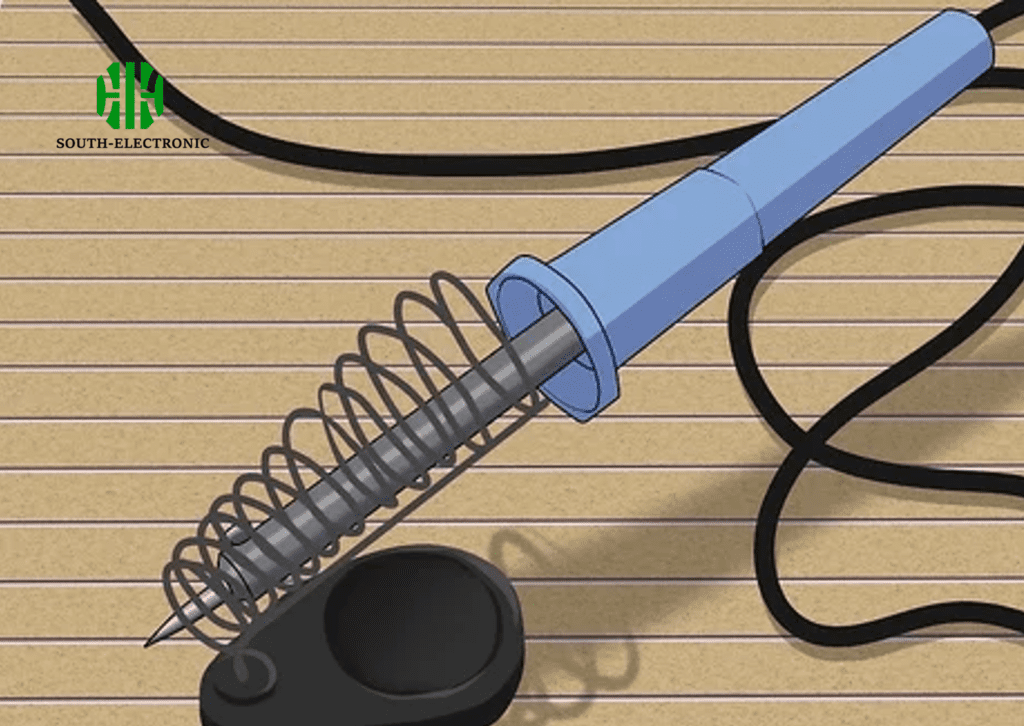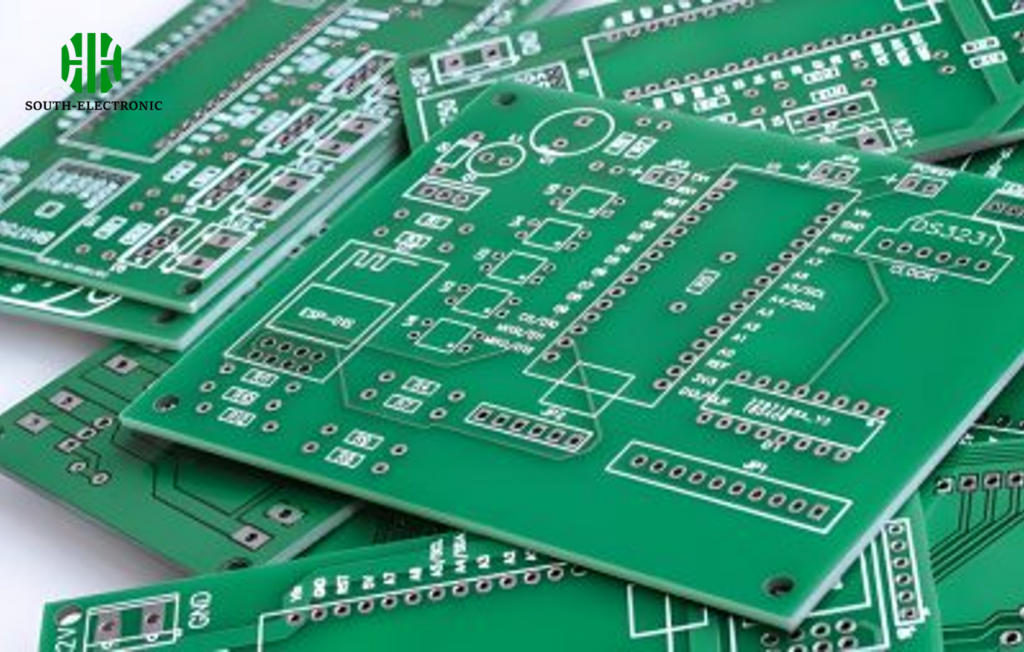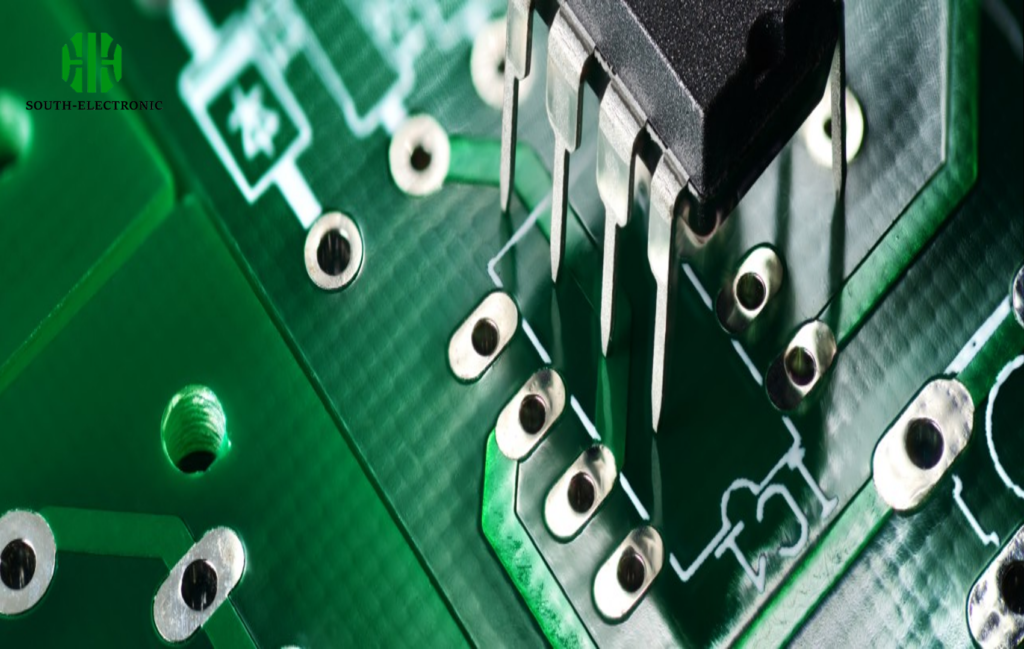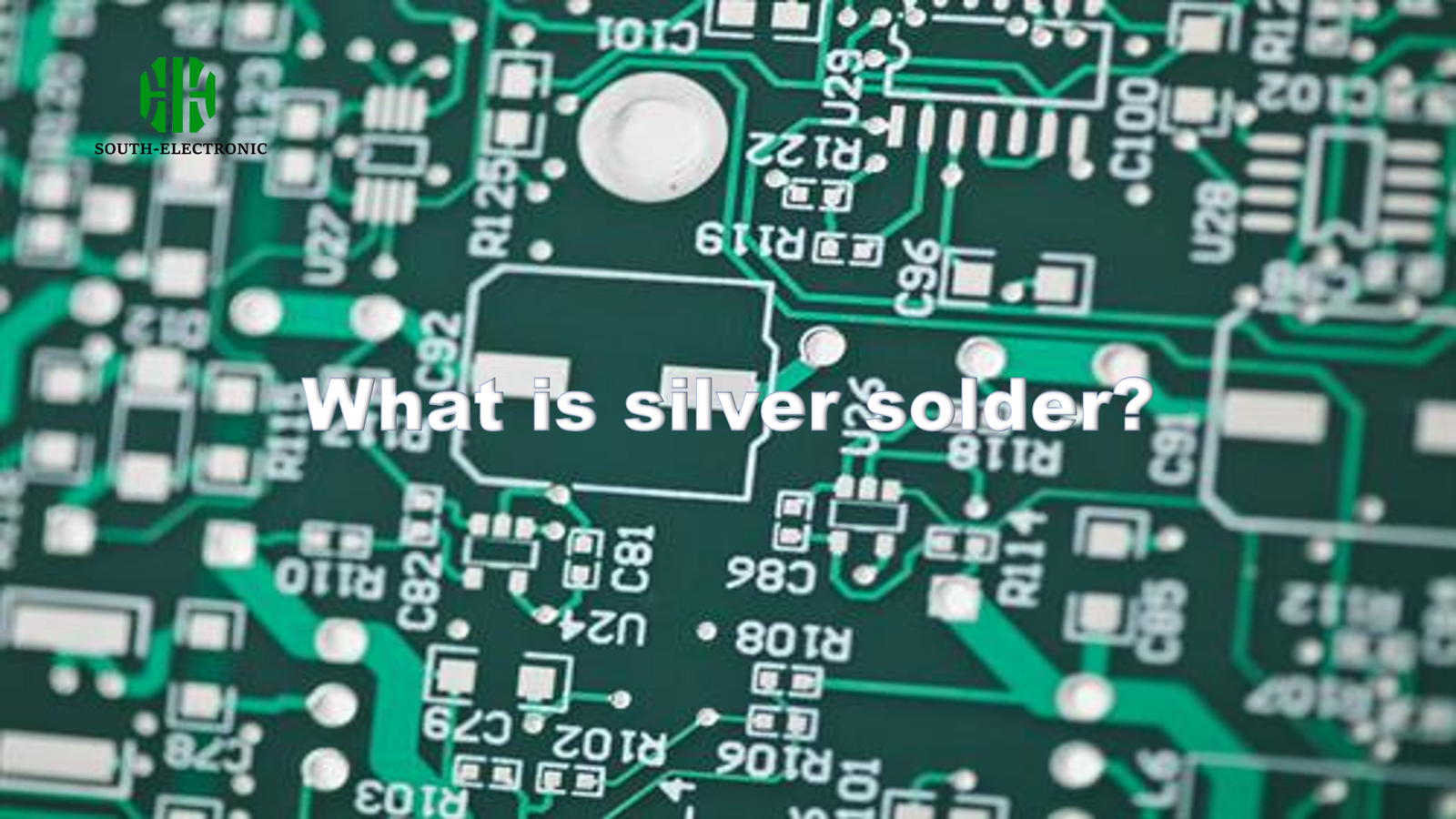Ever struggled with solder joints failing under pressure? Frustrating when connections crack in critical electronics? Silver solder solves this by creating robust metallurgical bonds that withstand extreme conditions.
Silver solder is a metal alloy containing silver designed to join metal parts through brazing. Unlike standard solder, it withstands higher temperatures and creates stronger, permanent bonds crucial for demanding applications like aerospace components.

Understanding this specialty alloy opens doors to important manufacturing solutions. Let’s examine key implications of using silver solder across electronics production stages.
How does SMT/DIP soldering differ for PCBs with silver solder?
Soldering failures cost time and money. Imagine your PCB assembly line halting due to joint flaws. Silver solder prevents this differently across SMT and DIP methods.
SMT uses pre-applied solder paste containing silver alloys for surface-mount components, melted during reflow. DIP requires manual/dipped silver-soldering of through-hole parts at higher temperatures than standard soldering.

Processing differences impact temperature control and joint formation:
Temperature Variations
Silver solder melts between 600-800°C versus typical solder at 180-250°C. Higher heat demands precise thermal management throughout assembly. I recall an industrial client experiencing cold joints until adjusting their conveyor ovens.
Equipment Modifications
| Process | Equipment Upgrade Needed | Silver-Specific Reason |
|---|---|---|
| SMT | Reflow oven recalibration | Higher melt temperature required |
| DIP | Soldering iron tips | Resists silver corrosion longer |
Joint Formation Mechanics
Silver atoms diffuse deeper into base metals through brazing action. This creates intermetallic layers that prevent fatigue cracks. Manufacturers running vibration tests consistently report 30% longer lifespan in silver-soldered boards.
Higher initial setup costs pay off through reduced rework and field failures across both methods.
Does silver content in solder paste matter for PCB assembly?
Component detachment plagues many assemblers. Low-grade solder pastes crumble under thermal cycling. Silver concentration directly determines paste performance.
Higher silver content (3-5% typical) improves electrical conductivity and mechanical strength. Lower percentages struggle in high-frequency circuits or extreme environments despite lower material costs.

Silver ratios trigger critical trade-offs:
Conductivity vs Cost Table
| Silver % | Conductivity Gain | Cost Increase (%) | Best Use Cases |
|---|---|---|---|
| 1-2% | Minimal | 5-8 | Consumer toys |
| 3-4% | Significant | 15-20 | Medical devices |
| 5%+ | Maximum | 30-40 | Military avionics |
Thermal Stress Resistance
Silver atoms fill grain boundaries during solidification. One client reduced temperature-related failure rates from 12% to 0.7% after upgrading to 4% silver paste.
Oxidation Prevention
Silver-rich alloys resist surface oxidation better during reflow. This maintains consistent flow characteristics across production batches.
Balancing cost and quality depends entirely on the operational demands of the final product.
How to inspect and ensure quality for PCB silver solder joints?
Shiny joints can hide dangerous voids. Without proper verification, silver-soldered boards still underperform standards. Three inspection approaches prevent field disasters.
Use X-ray imaging for void detection, AOI for surface defects, and shear testing for mechanical validation. Combine methods since visual signs differ from standard solder joints.

Critical verification techniques:
Non-Destructive Testing Methods
X-rays reveal subsurface cracks and voids. Automated Optical Inspection (AOI) checks fillet shape and wetting angles. Cross-polarized lighting exposes joint irregularities better than traditional lighting.
Destructive Testing Protocol
| Test | Acceptance Threshold | Failure Indicators |
|---|---|---|
| Shear | >50kg force | Grainy fracture surfaces |
| Pull | >40kg force | Base metal detachment |
| Thermal cycling | 1000 cycles | Crack initiation points |
Documentation Essentials
Record reflow temperatures and dwell times since silver alloys require specific profiles. An automotive supplier eliminated 90% of warranty claims after digitizing their thermal process logs.
Early-stage validation consistently beats post-assembly rework efforts.
When and how is pure silver wire used in high-end electronics?
Mass-produced joints fail in extreme conditions. Aerospace and medical devices require the ultimate in conductivity and purity. That’s where pure silver filler material enters.
Pure silver wire (>99.9% Ag) serves in nuclear reactors and RF systems needing maximum conductivity. It’s manually brazed with hydrogen gas torches at 900°C achieving near-perfect molecular bonding.

Specialized brazing applications:
Material Compatibility Table
| Base Metal | Joint Strength | Special Handling |
|---|---|---|
| Copper | Excellent | Prevent oxidation |
| Nickel | Very good | Avoid carbon deposits |
| Kovar | Good | Requires plating |
Gas Shielding Techniques
Hydrogen atmosphere protects molten silver from oxygen pollution. Nitrogen tents work for oxidation-sensitive assemblies. I once salvaged satellite connectors using portable argon purge systems.
Precision Feed Fixtures
Automated wire feeders control silver deposition within ±0.01mm. This eliminates expensive overfills in microelectronics assembly.
The labor-intensive process remains justified for zero-failure applications.
Conclusion
Silver solder provides critical advantages through stronger metallurgical bonds. Smart implementation requires proper technique selection, verification methods, and material knowledge for durable electronics.



